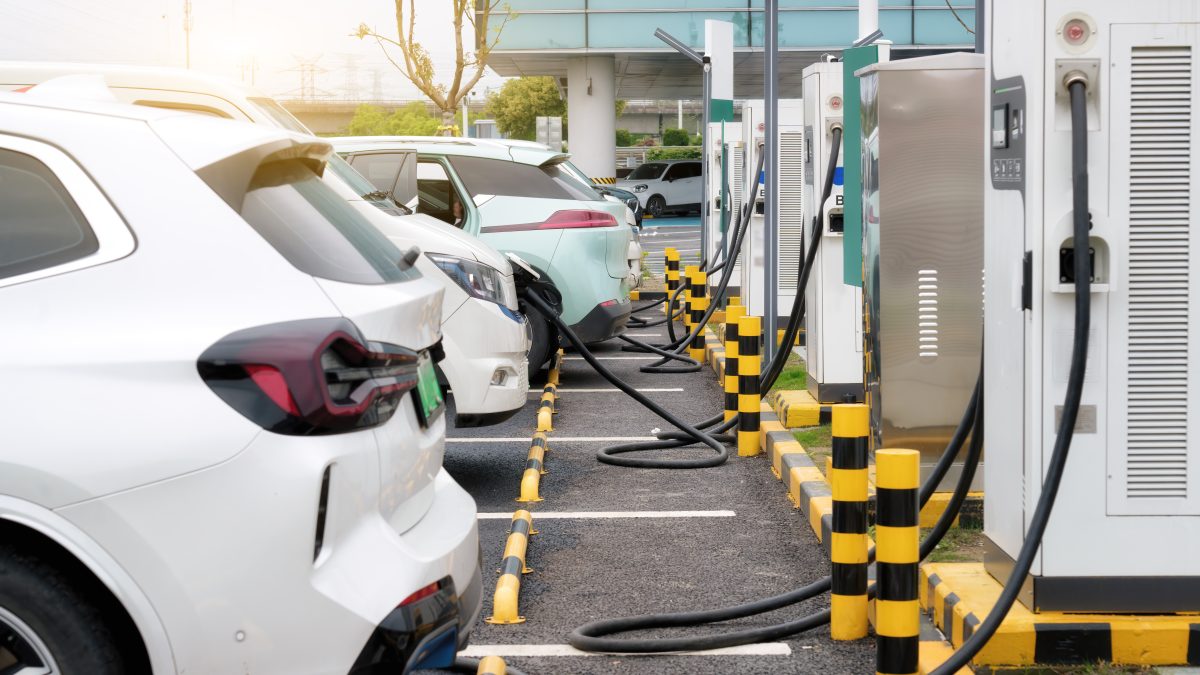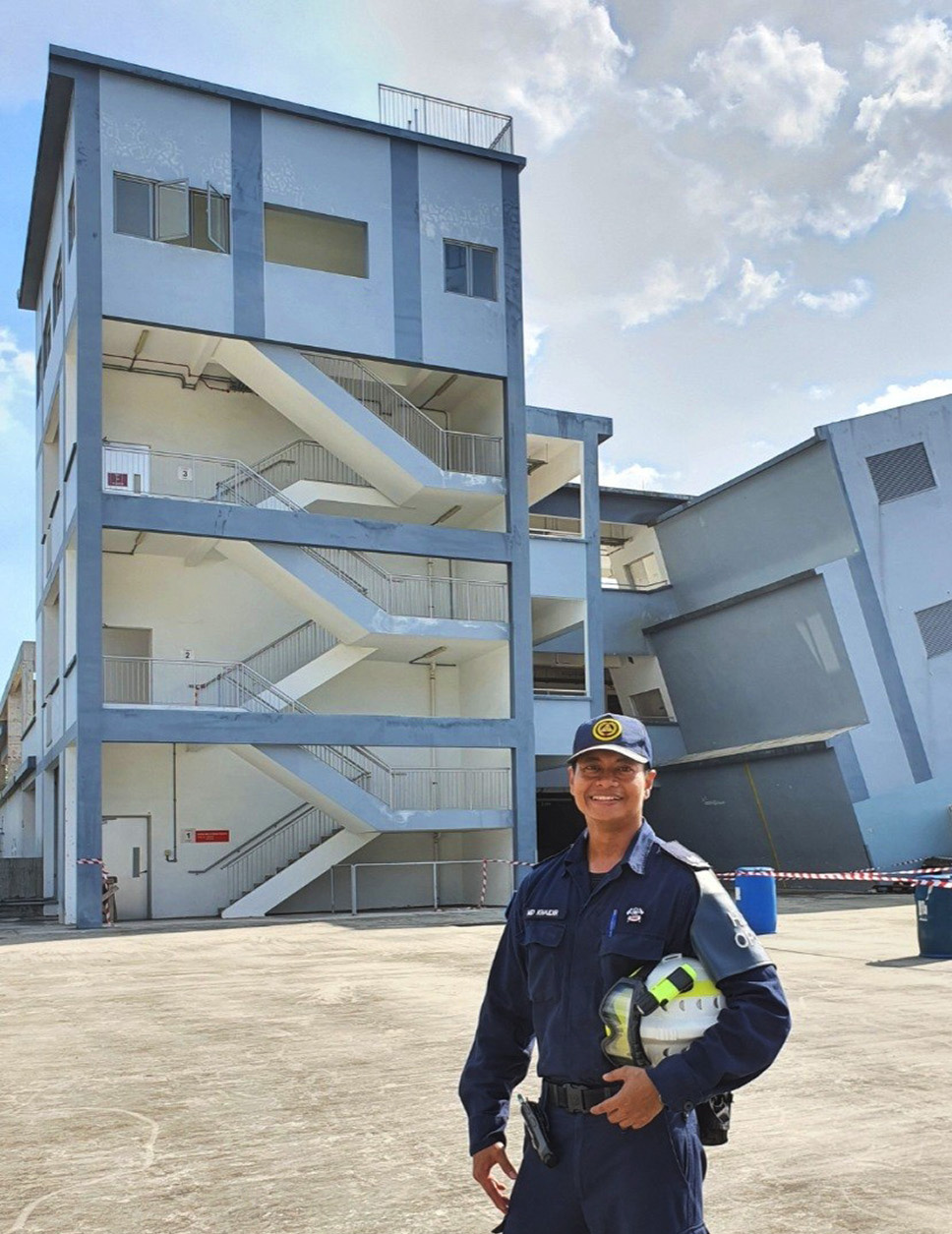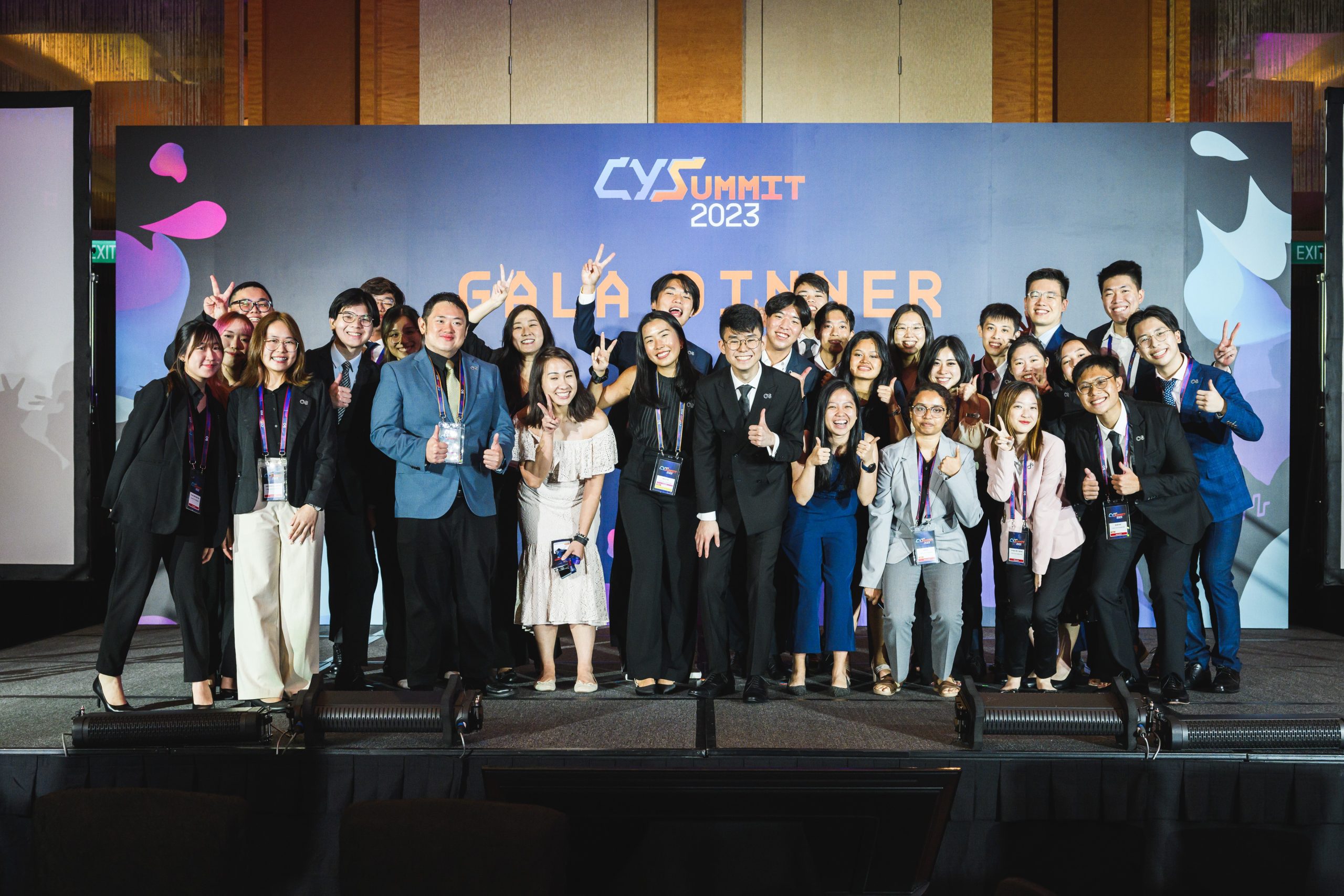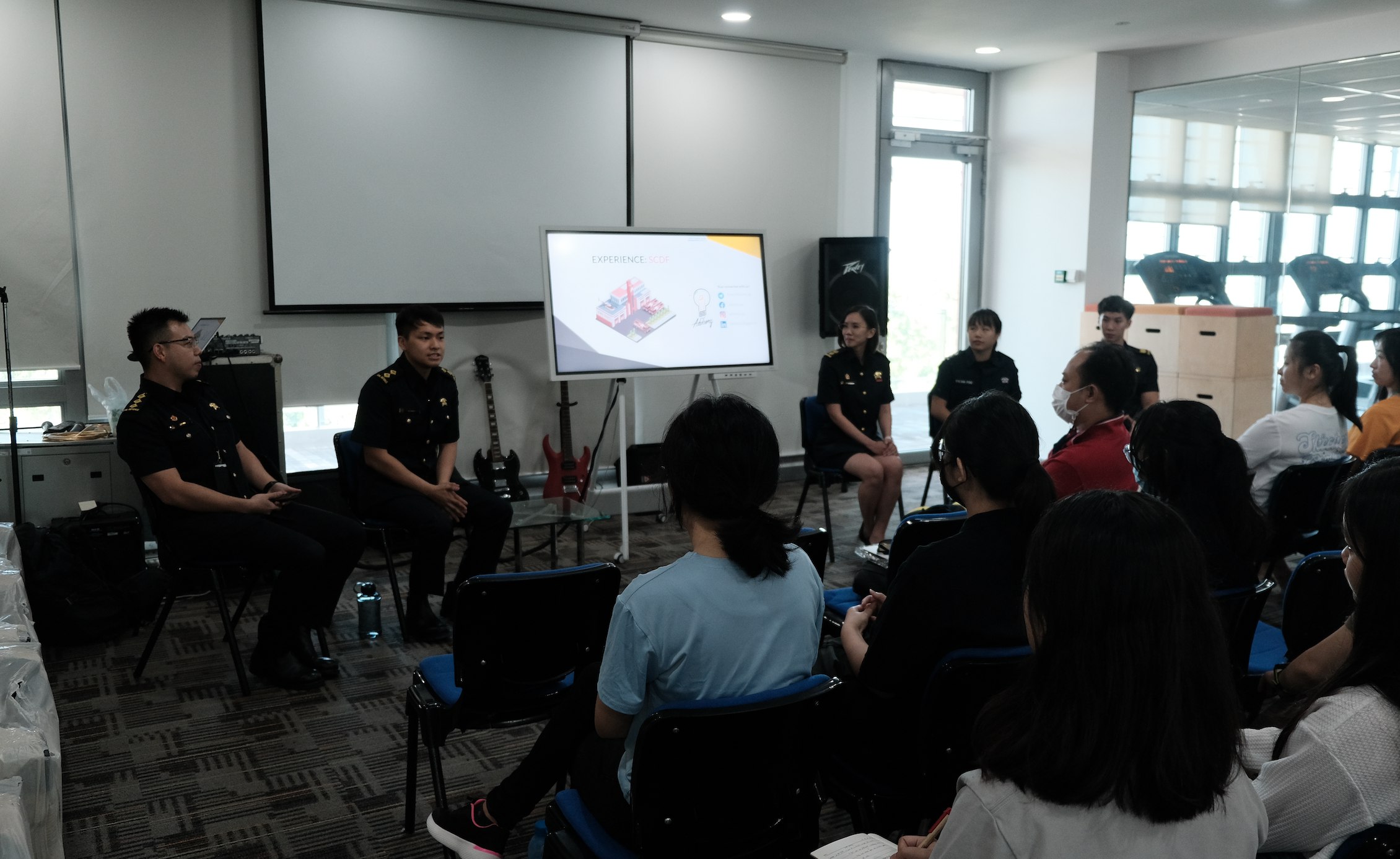Thinking about making the switch to an electric vehicle? Here’s what you need to know before you hit the road.
Electric vehicles (EVs) have become increasingly common on Singapore’s roads in recent years, driven by a national campaign encouraging their widespread adoption. To encourage more people to go electric, the authorities have introduced attractive rebates and significantly expanded the network of charging stations. Additionally, the availability of more affordable mass-market EV models has made the idea of driving one increasingly appealing.
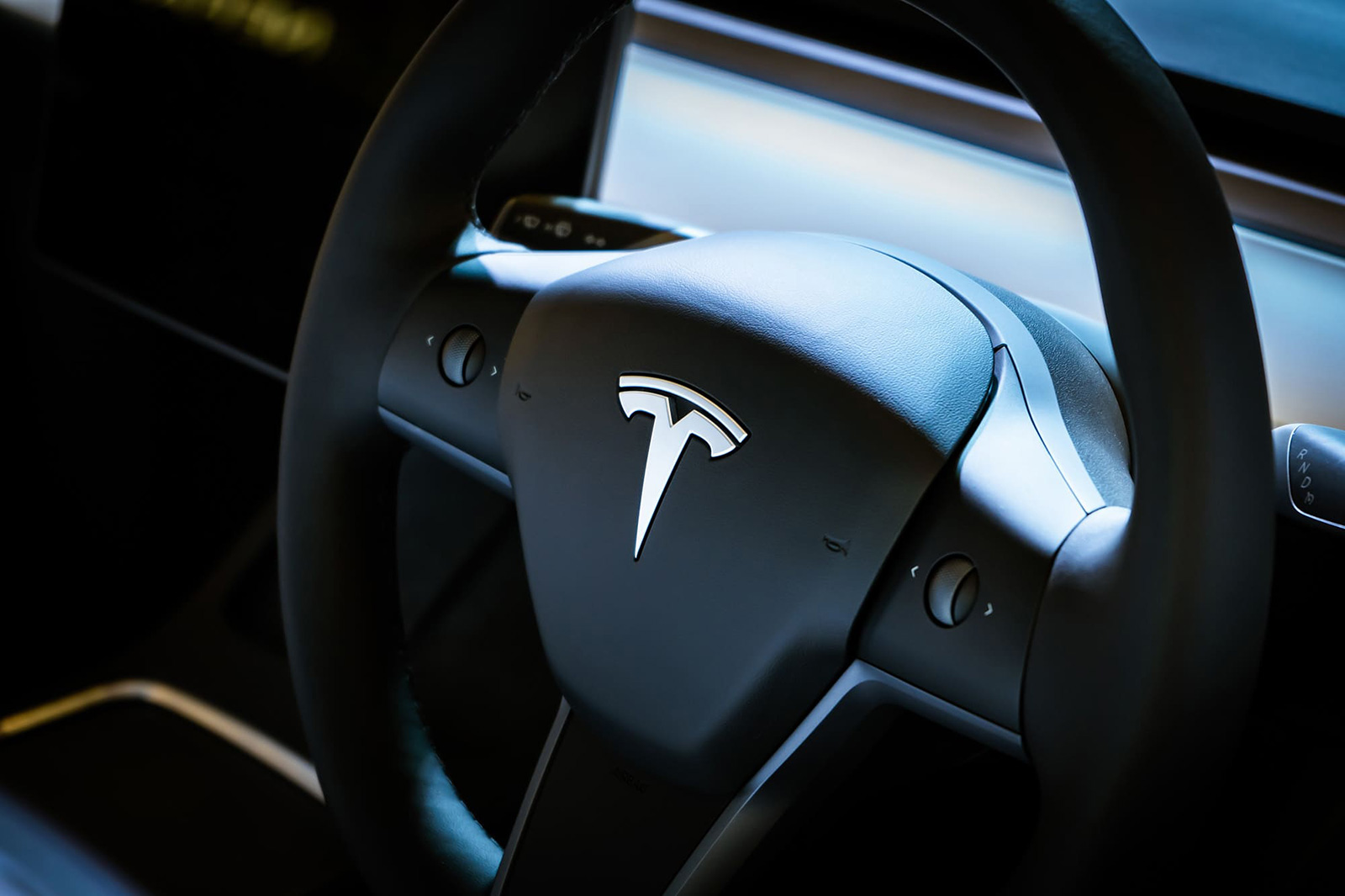
FOR A GREENER FUTURE
As part of the Singapore Green Plan 2030, the Land Transport Authority (LTA) has launched comprehensive initiatives to encourage drivers to switch from Internal Combustion Engine (ICE) vehicles to EVs. These incentives include up to S$40,000 in rebates for EV buyers, consisting of up to S$15,000 from the EV Early Adoption Incentive and S$25,000 under the Enhanced Vehicular Emissions Scheme.
The LTA also reports that EVs emit 50% less carbon dioxide than similarly sized ICE vehicles. Moreover, if all vehicles in Singapore were electric, the nation’s carbon emissions could be reduced by approximately 2 million tonnes.
Such efforts are paying off, with EV registrations in the first half of 2024 reaching 6,019 — more than three times the number registered during the same period last year.
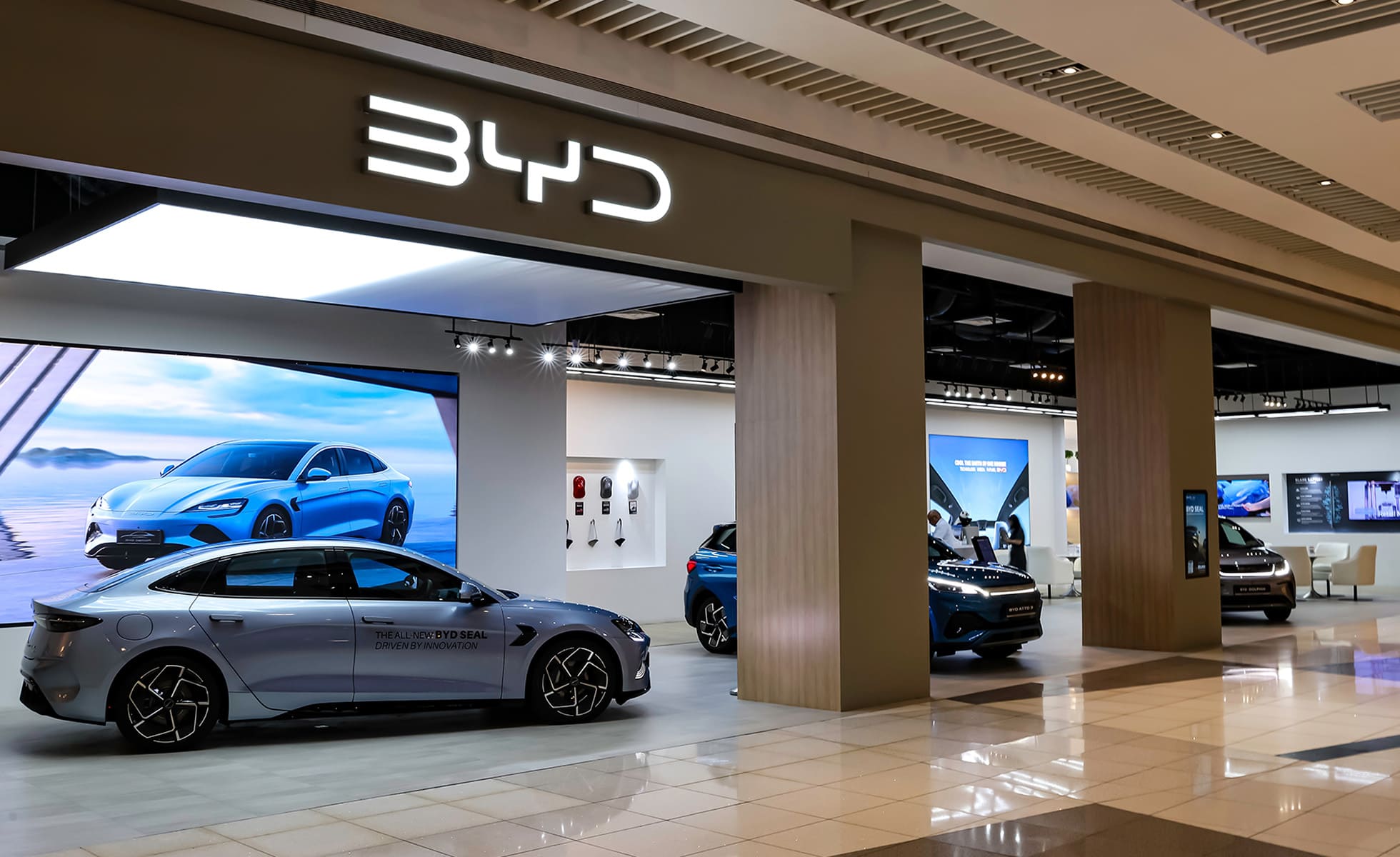
WHY CHOOSE AN EV?
While the environmental benefits of driving an EV are compelling, many are switching from ICE vehicles primarily for the long-term cost savings, which include reduced fuel expenses and lower maintenance costs.
Since EV charging rates vary by location, it is difficult to pinpoint exactly how much cheaper it is to charge an EV compared to refuelling with petrol. However, one thing is clear: charging is generally much more cost-effective.
EVs also benefit from fewer moving parts, which results in less wear and tear, and fewer components that need replacing. Over time, this translates into significant savings on repairs and parts replacement — potentially hundreds or even thousands of dollars.
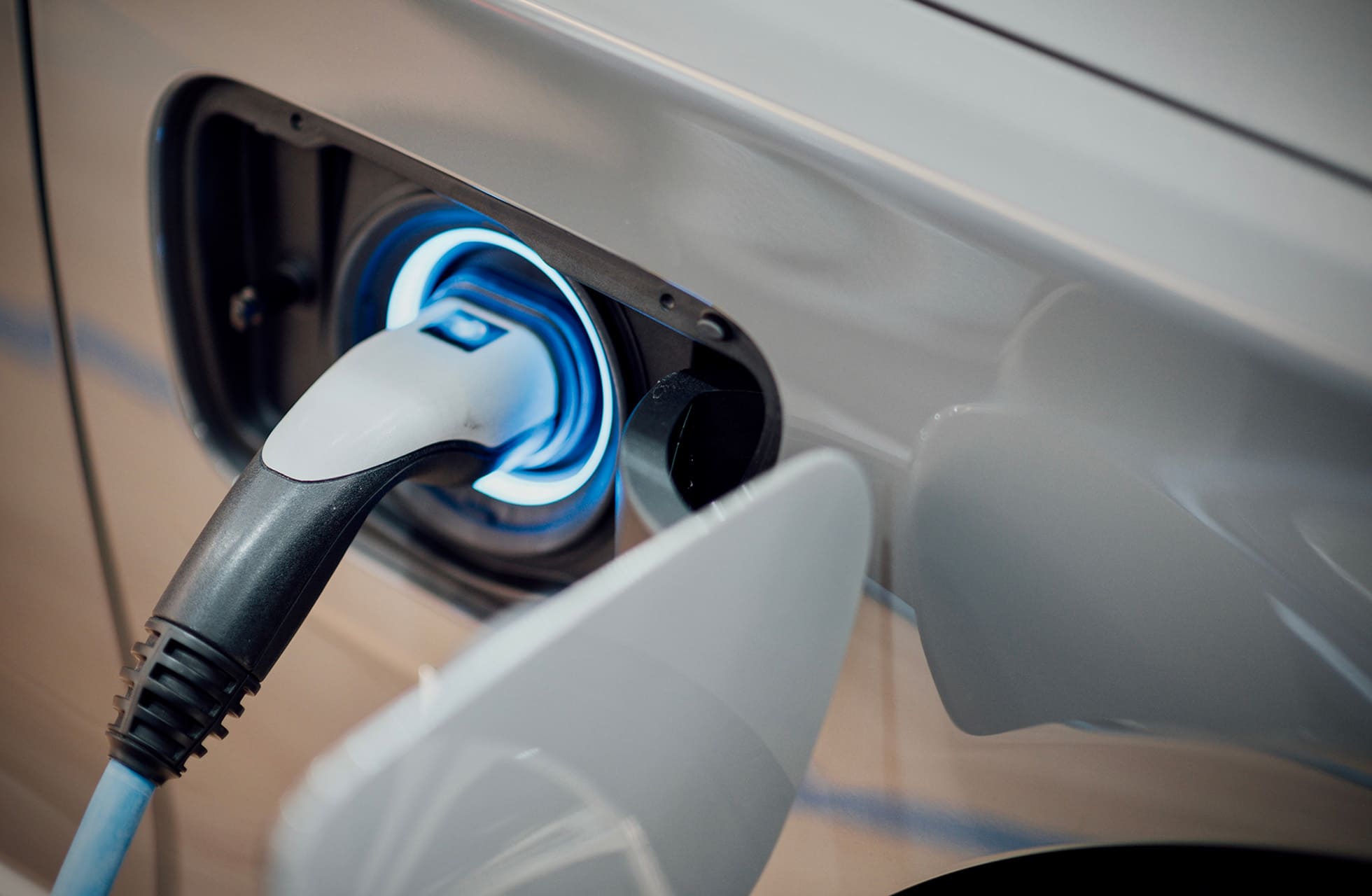
POWERING UP YOUR EV
A common concern for prospective EV owners is whether their car can be charged at any station, given the availability of both Alternating Current (AC) and Direct Current (DC) charging options. The answer is that most EVs can handle both types of charging, but it’s always best to consult your car’s manual.
The primary difference between AC and DC chargers is charging speed.
The more-common AC chargers typically offer power ranges of 7 kilowatts (kW), 11kW, and 22kW. A typical electric car with a 60 kilowatt-hour (kWh) battery would take about seven to eight hours for a full charge using an AC charger.
AC charging is not only easier on the electrical grid but also more cost-effective. Most shared residential car parks are equipped with AC chargers that support overnight charging.
DC chargers, with power outputs of 50kW or more, are ideal for a quick top-up while shopping or dining. That is why you will typically find them in shopping malls and office buildings.

If you live in a landed property, installing your own EV charger is more affordable than you might think. A 7kW AC charger can be installed for around S$1,500. The installation process is straightforward — simply contact one of the many installation companies in Singapore, and their technicians will take care of the rest.
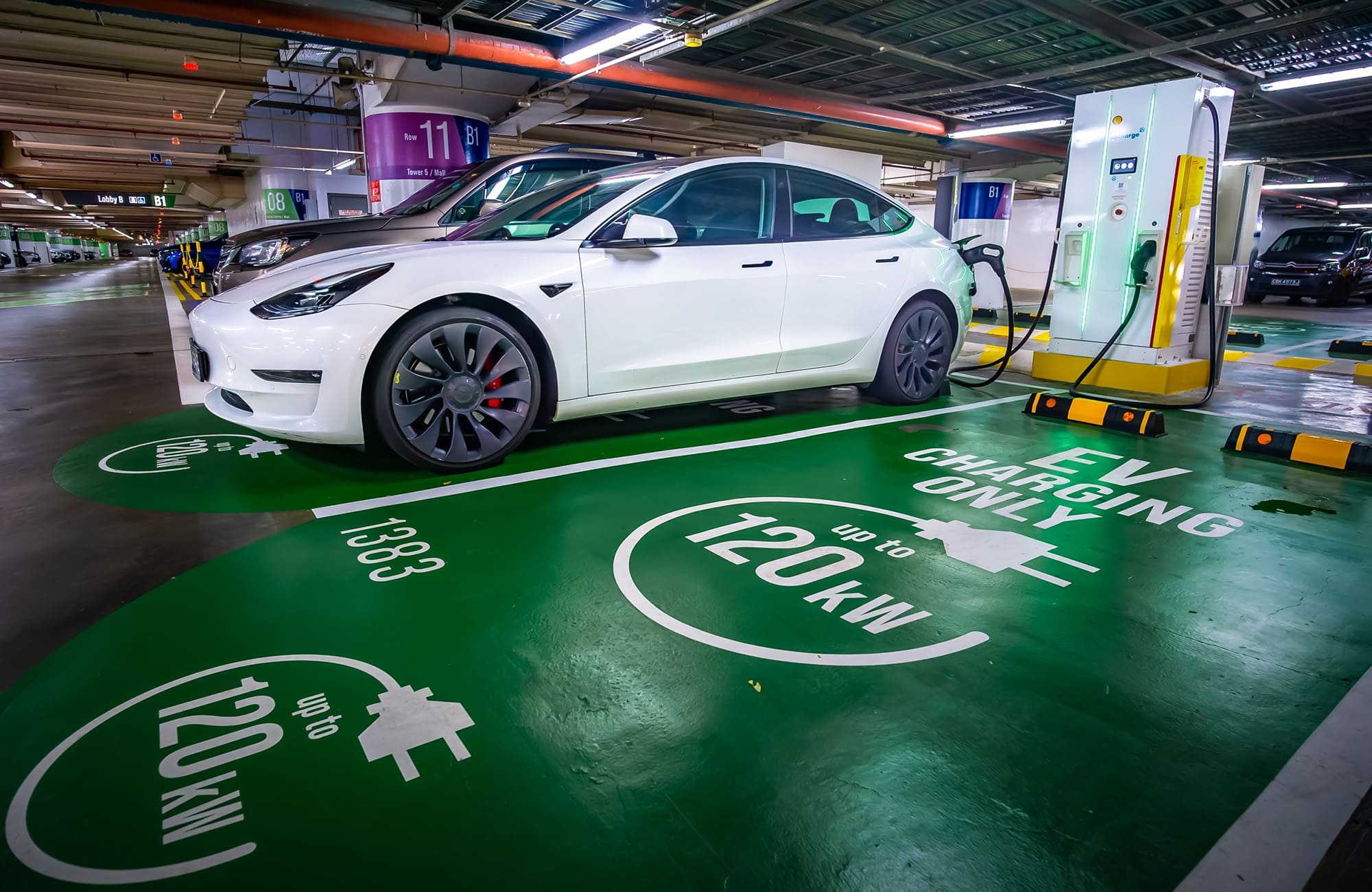
THE ROAD AHEAD FOR EVs IN SINGAPORE
For most Singaporeans, driving an EV seems inevitable as the country plans to phase out sales of ICE cars by 2030, in line with its bold goal of achieving net-zero emissions by 2050. Public transport is also set to go greener, with the LTA planning to electrify half of its bus fleet by 2030.
To support wider EV adoption, the LTA will establish 40,000 charging points in public car parks and 20,000 in private premises by 2030, making EV charging in Singapore nearly seamless.
Looking ahead, we can likely expect more providers of mobile charging systems to enter the market. Earlier this year, two companies — Power-Up Tech and Beecharge Innovation Group — were given the green light to operate mobile charging systems as part of a four-year trial.
At HomeTeamNS, we also recognise the importance of sustainability. That is why we are excited to share that EV charging will be made available across our Bedok Reservoir, Bukit Batok, and Khatib clubhouses by early 2025. Keep an eye out for these new additions!
EV CHARGING TIPS YOU NEED TO KNOW
Find charging stations with ease: Did you know you can quickly locate EV charging stations across Singapore using the MyTransport.SG app? The app also provides details like price, power rating, and charger type.
Avoid charging to “full tank”: Studies suggest that charging your EV battery to 80% is more efficient. This is because it takes considerably longer to charge from 80% to 100% than from 0 to 80%, and doing so also prolongs your battery’s health.
Do not let the battery drain completely: It is best to start recharging when your battery drops below 30%. Letting it discharge too much can harm the battery cells over time.
Plan your charging schedule: Given Singapore’s size, most EV owners only need to charge their vehicles once a week, and it is rare to see EVs with empty batteries. However, if you are planning a road trip to Malaysia, make sure to chart your charging stops in advance.
Be considerate at charging stations: Consider other EV users and avoid leaving your vehicle plugged in overnight if it is not necessary.
Like our stories? Subscribe to our Frontline Digital newsletters now! Simply download the HomeTeamNS Mobile App and update your communication preference to ‘Receive Digital Frontline Magazine’, through the App Settings.

